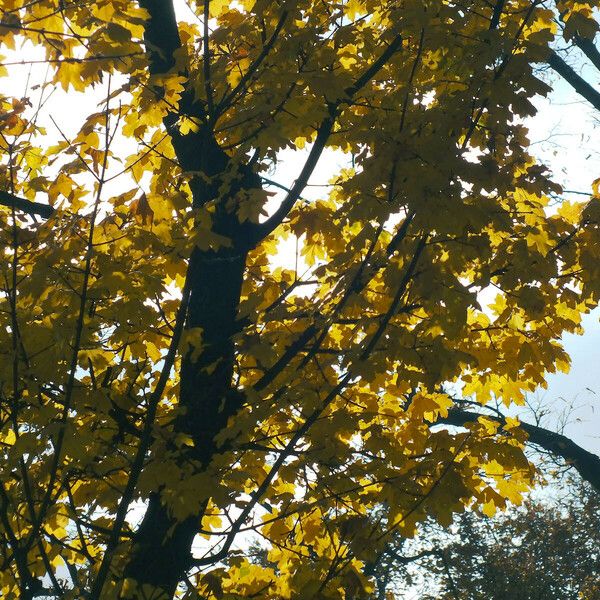ObservaçãoAcer saccharum Marshallobservado porA Andrzej KonstantynowiczAndrzej Konstantynowicz26 de outubro de 2015
Andrzej KonstantynowiczAndrzej Konstantynowicz26 de outubro de 2015
observado por Andrzej KonstantynowiczAndrzej Konstantynowicz
Andrzej KonstantynowiczAndrzej Konstantynowicz
A
26 de outubro de 2015
Determinação
Determinação proposta
Nome provável (Submeter nome)
100%Grau de confiança
Sugira outra determinação
Não concorda com as espécies sugeridas mas não tem outra sugestão
Comentários
Dados adicionais
Data de criação
30 de out de 2022
Ultima revisão
9 de out de 2023
Łódź, Park Poniatowskiego
It is native to the hardwood forests of eastern Canada and eastern United States.
Ornamental plant.
Edible plant - the sap contains quite a large proportion of sugar, can be used as a refreshing drink, or be concentrated into a syrup by boiling off the water; self-sown seedlings, gathered in early spring, are eaten fresh or dried for later use; seeds cooked, the wings are removed and the seeds boiled then eaten hot; the inner bark cooked, it is dried, ground into a powder and then used as a thickening in soups etc or mixed with cereals when making bread.
Herbal plant - a tea made from the inner bark is a blood tonic, diuretic and expectorant, it has been used in the treatment of coughs, diarrhoea, etc.; a compound infusion of the bark has been used as drops in treating blindness; maple syrup is used in cough syrups and is also said to be a liver tonic and kidney cleanser.
Useful plant - the ashes of the wood are rich in alkali and yield large quantities of potash, thus can be used for making home-made soap; the heartwood is light brown, tinged with red, the thin layer of sapwood is lighter in colour; the wood is close grained, tough, hard, heavy, strong, not very durable; it takes a high polish, remains smooth under abrasion, has a high shock-resistance, holds nails well, is fair in gluing, dries easily and shrinks moderately.
Compartilhado em

